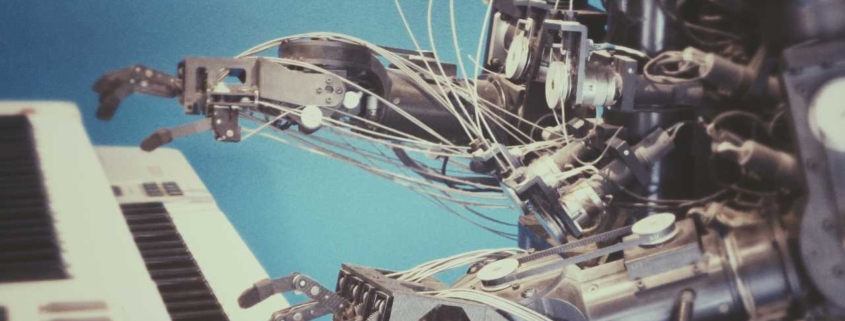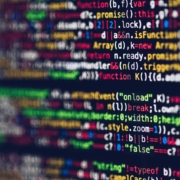The next phase in robotization.
Robotization is beginning its next phase in business. The 1st generation robots are well-developed and can already take over or supplement many tasks.
Robotization
Robots can move ever larger loads themselves, work easily in high bay warehouses and support pickers in their work. Software is also becoming more intelligent, bringing sorting systems to a higher level.
This is partly possible because developers have evolved from stand-alone robot producers to a more integral approach to business processes. More attention is paid to integration and collaboration with existing personnel. The flexibility and performance in warehouses, for example, is therefore increasing significantly. It is no longer about automating or robotizing but looking for the best possible solution for fulfillment processes.
Multi robot environment.
Integrating robots within the current processes and linking them to existing [wms] systems is now mostly done via APIs. This does become increasingly difficult as organizations deploy a diversity of robots from different vendors. A problem that becomes eminent when you buy a new system or a major upgrade. How do you get all that synchronized again? Then the coders can work overtime again.
This requires new solutions that Amazon, for example, is already experimenting with. So-called ‘director platforms’. The platform ensures better cooperation between robots and any existing [WMS] systems. An upgrade or new system then does not require complete revision of all Api’s that connected the robots to the system. In addition, such a platform offers the possibility that different vendors can coordinate their robots to perform multi complex tasks.
Within the platform, small apps can be embedded for specific tasks without the need for a complex rewrite and tuning between different robots and systems. For example, think about which tasks are performed by which system or robot. [Tracking] Or how busy the system is. [Order tracking] Then there is not only directing but also integration of apps within existing platforms. This allows companies to get new insights about the performance of their fulfillment process faster.
Artificial Intelligence.
A next step within this development is to add more Artifical Intelligence. Not only in the sense that AI can achieve optimal planning and control but also organize multiflow of information within the platform. So if labels are damaged, pallets are physically missing or delays in the fulfillment process can be identified in a timely manner. Artifical Intelligence can also support the timely identification and resolution of ‘conflicts’ between the different robots and the processes that are being executed. The organization can then also respond faster and better to variations in the fulfillment process.
Software
Clearly, this is largely dependent on the software. A large coding package is out of date and far too error prone. Following the developments in BlockChain, suppliers are developing building blocks that perform specific tasks and have sufficient flexibility through machine learning. Think of separate blocks for controlling the stacker, the robot for moving and wrappers including scanning and labeling. Variations in pallet types, heights, widths, stacking and barcode locations can be anticipated more easily.
Standaards
Een onderliggende voorwaarde voor samenwerking is vaststellen van groundrules. Het afspreken van de standaard format van gegevens over access points, beschrijving van locaties en ‘bestemmingen’ en type barcodes of QR codes. Vaak overzien bij implementaties maar essentieel voor een optimaal functionerend systeem en het voorkomen van conflicten tussen robots onderling en de systemen waarmee ze werken. Deze groundrules zorgen ervoor dat verschillende leveranciers hun apps op elkaar kunnen afstemmen, zodat niet per ongeluk 2 robots op hetzelfde moment op dezelfde dock staan. [congestie conflict]
Implementatie.
Het toepassen en integreren van robots, platforms en aanverwante systemen is niet langer een kwestie van het vergelijken van functionaliteiten. Het is belangrijk om uw volledige fulfillmenet proces in kaart te brengen en de verschillende leveranciers te laten participeren hoe hun oplossingen bijdragen aan een beter proces. Hierbij is integratie, harmonisatie en flexibiliteit van groot belang. Test dus gerust vele verschillende SKU’s, routings en variaties in uw fulfillment proces.[product mix]









